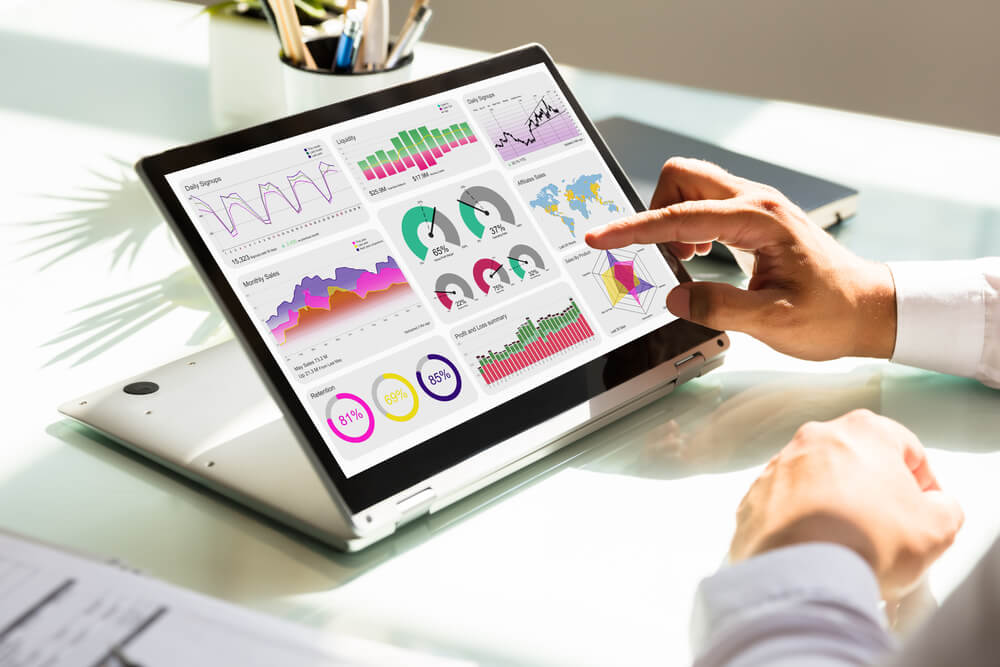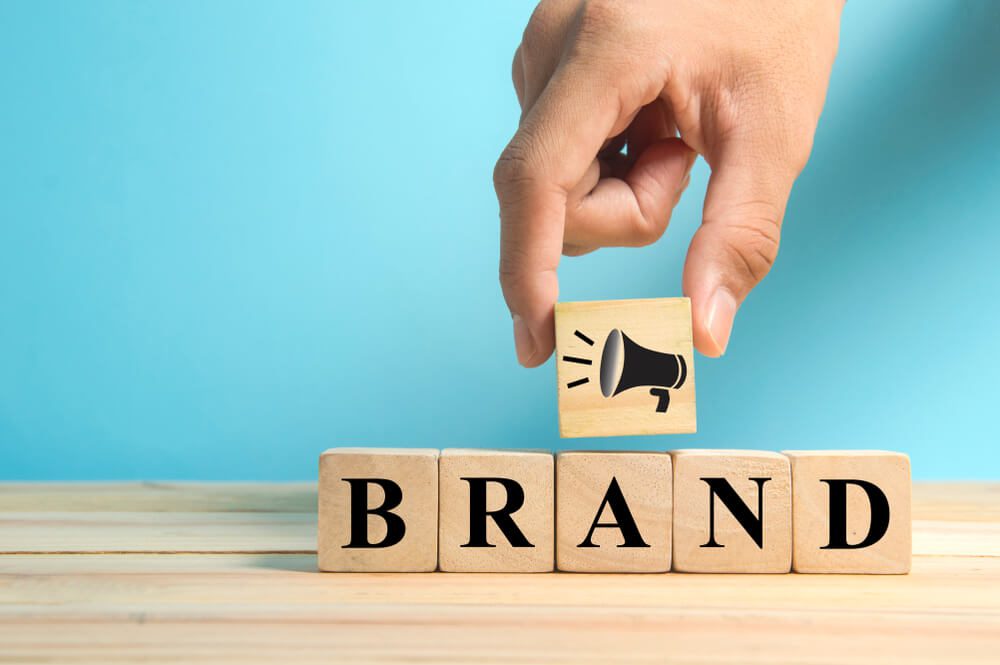
How To Measure B2B Branding Success? Watch KPIs & Metrics
Measuring B2B branding success is essential for optimizing your marketing efforts. Measure it accurately by knowing the ideal key performance indicators (KPIs) and metrics.
This article discusses the core metrics and KPIs for tracking your brand:
- Brand awareness metrics
- Customer perception metrics
- Lead generation metrics
- Market positioning metrics
- Content engagement metrics
Continue reading to learn how each helps measure your B2B marketing progress. Let’s go!
Tired of investing in Search Engine Optimization without getting any results? See how Digital Authority Partners turns that around!
Understanding Metrics and KPIs
Metrics are quantitative measures that track and assess specific performance areas within your company. They gauge progress, identify trends, and provide insights into various aspects of your operation. Metrics often provide detailed information about specific processes or activities. However, some correlate with something other than strategic objectives.
On the other hand, KPIs are a subset of metrics that monitor performance against business objectives. Unlike general metrics, they are strategic. While metrics can be wide-ranging, KPIs focus on the most critical aspects of performance.
Despite their differences, measuring both is vital. Metrics provide a broad range of data points, while the specificity of KPIs drives action and decision-making.
1. Brand Awareness Metrics

Measuring brand awareness is crucial for understanding how customers learn about your brand. This information helps you tweak your demand-generation strategies to broaden your reach.
Here are the standard brand awareness metrics and KPIs to track:
- Website traffic and referral sources: Monitoring website traffic and analyzing referral sources identifies the devices and channels the audience used to find you. This also informs you of the importance of the website and referrals for your branding strategy.
- Unaided brand recall: The percentage of respondents who can recall your brand without any prompting. This is useful for gauging top-of-mind awareness.
- Aided brand recall: The percentage of respondents who recognize your brand when provided with a name or other cues. This metric helps you understand the effectiveness of your brand identity.
- Brand recognition: How fast people can correctly identify your brand. It helps assess your visibility and familiarity amid competition.
- Social media mentions and shares: Tracking mentions and shares on social media platforms provides insights into your online visibility and engagement. For B2B marketing, this metric indicates brand perception and industry authority.
Tracking these brand awareness metrics helps you better understand how target audiences view and relate to your business.
2. Customer Perception Metrics
Customer perception metrics and KPIs are essential for evaluating customers’ perceptions of your B2B brand and your products and services:
Here are some examples:
- Customer satisfaction (CSAT): CSAT measures overall customer satisfaction based on their experiences with your brand. It tells you whether you are meeting customer expectations.
- Net promoter score (NPS): NPS measures the likelihood of customers recommending your brand to others on a scale from 0 to 10. It indicates satisfaction, willingness to promote your brand, and chances of converting loyal customers into brand advocates.
- Customer effort score (CES): CES measures the ease with which customers can accomplish their goals with your brand. It identifies pain points in the customer journey and opportunities for streamlining.
- Customer lifetime value (CLV): CLV predicts the total revenue a customer can generate for your brand throughout the relationship. CLV helps you prioritize customer segments and tailor marketing efforts to maximize long-term profitability.
- Brand reputation metrics: These assess your brand’s credibility, trustworthiness, and perceived expertise. Monitoring it reveals opportunities for differentiation.
Customer perception matters because it directly influences purchase decisions. Using the proper metrics and KPIs to measure it provides you with insights on how to convert more leads.
3. Lead Generation Metrics

Lead generation fills the sales pipeline with potential customers who have expressed interest in your brand, so effective lead-generation strategies directly contribute to revenue growth.
Use these metrics and KPIs to accurately measure your lead generation efforts:
- Marketing-qualified leads (MQLs): MQLs are leads more likely to become customers based on their engagement with marketing efforts. They indicate the effectiveness of marketing campaigns in attracting potential customers.
- Sales-qualified leads (SQLs): SQLs are leads ready for direct sales engagement. SQLs indicate the effectiveness of lead-nurturing efforts in converting MQLs into opportunities for sales.
- Conversion rate: Conversion rate measures the percentage of leads who take a desired action. It indicates the effectiveness of lead-generation campaigns and landing pages in persuading visitors to take the next step toward becoming customers.
- Customer acquisition cost (CAC): CAC measures the average cost of acquiring a new customer, including all marketing and sales expenses. It provides insights into the cost-effectiveness of your efforts.
- Return on investment (ROI): ROI determines the profitability of marketing campaigns by comparing the revenue generated against the costs incurred. It helps assess the overall effectiveness and profitability of lead-generation endeavors.
Track these metrics and KPIs to drive sales growth through effective lead-generation tactics.
4. Market Positioning Metrics
In B2B branding, market positioning metrics and KPIs are essential for evaluating how people perceive your brand relative to competitors. This helps in assessing your overall performance in the industry.
These are some common market positioning metrics and KPIs:
- Market share: quantifies the percentage of total sales or revenue captured by your brand. It helps assess your brand’s relative position and competitive strength in the market.
- Competitive benchmarking: compares the brand’s performance and positioning against key competitors across various categories. This metric helps you identify competitive strengths and weaknesses.
- Thought leadership engagement: measures the level of engagement with thought leadership content, such as whitepapers, webinars, and industry publications. High engagement suggests people see you as an industry authority.
- Search engine rankings: tracks your brand’s rankings in search engine results pages (SERPs) for relevant keywords and phrases. A higher search rank for your targeted terms demonstrates strong organic visibility and relevance.
- Differentiation index: measures the distinctiveness of your brand’s positioning compared to competitors. It helps evaluate the effectiveness of your differentiation strategy and ability to create value for customers.
Use these metrics and KPIs to enhance market positioning and competitiveness.
5. Content Engagement Metrics

Content engagement metrics and KPIs provide data on how well your content drives targeted leads and revenue, which can help refine B2B content marketing strategies.
These are some of the content engagement metrics and KPIs that matter:
- Page views and unique visitors: measures the total number of views and unique visitors of content assets such as blog posts, articles, and landing pages. These also indicate the reach and overall visibility of your content.
- Content downloads: tracks the number of downloads for content assets. Analyzing download trends identifies the most popular types of content.
- SEO performance: includes metrics such as organic search traffic, keyword rankings, and backlink profiles. SEO performance metrics indicate the visibility and discoverability of content in search engine results.
- Time on page: determines the average time users spend on a webpage or content. It reflects the level of engagement and interest in your content. Higher page time suggests visitors find the copy valuable and engaging.
- Bounce rate: the percentage of visitors who leave after viewing only one webpage. A high bounce rate usually signals content issues. These include irrelevance, outdated information, technical SEO problems, and poor accessibility.
These content engagement metrics help gauge how effectively your content resonates with the target audience. Achieve high levels of engagement by focusing on creating compelling and relevant content with the help of these metrics and KPIs.
Summing Up
Monitoring KPIs and metrics is crucial to growing a B2B brand. The data explains how customers and prospects view your brand. Metrics expose strengths, weaknesses, and opportunities in branding.
Regular tracking lets you spot trends, refine messaging, and impact budget decisions. In addition, metrics allow precisely targeted action, including realigning branding where it underperforms.
Data-driven B2B branding leads to stronger connections, loyalty, and growth. Need a partner for your B2B marketing efforts? Contact Digital Authority Partners (DAP) today to talk with an expert.
Want To Meet Our Expert Team?
Book a meeting directly here




